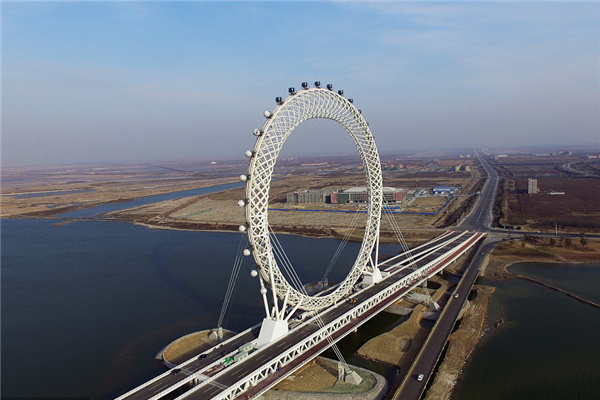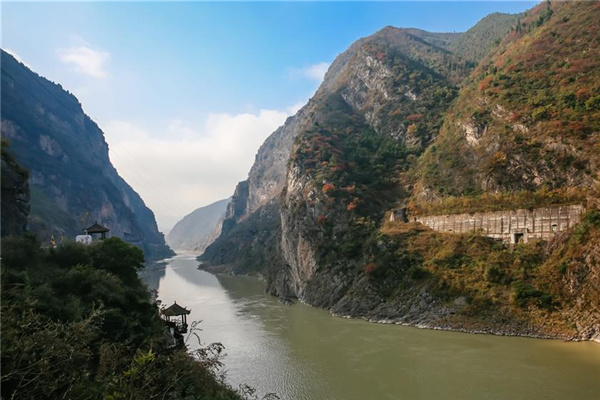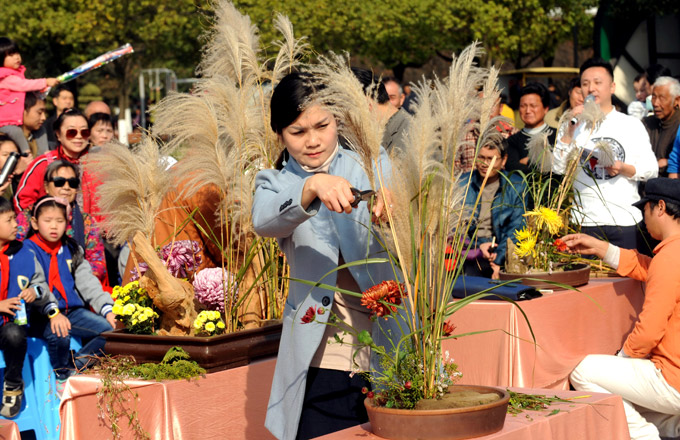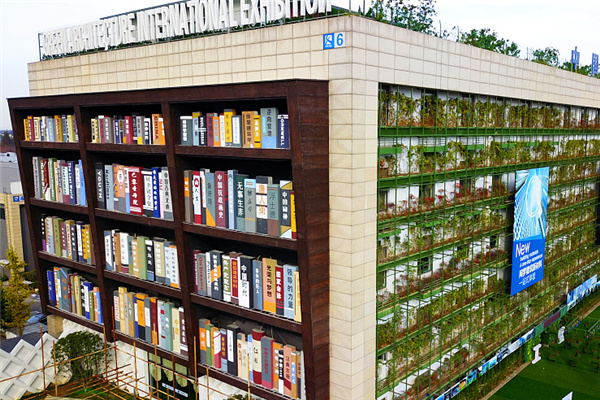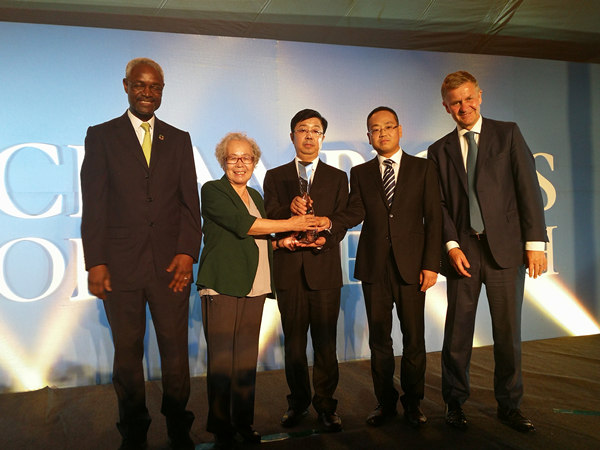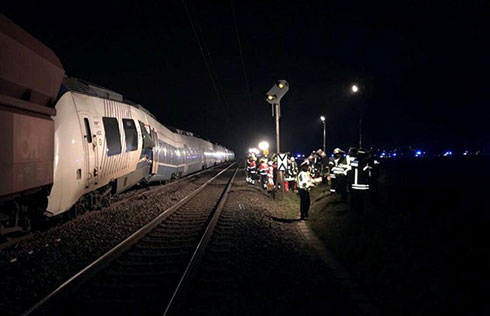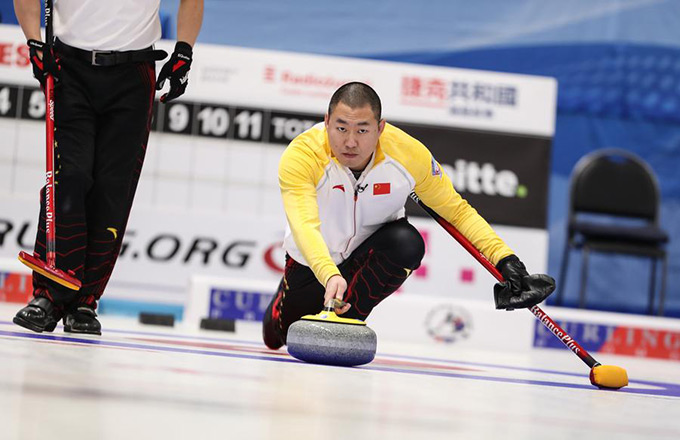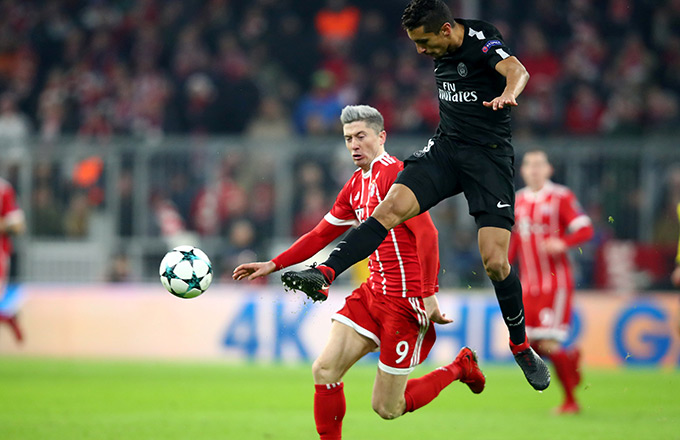

In 1998, When Germany's Nordex AG became the first foreign wind turbine maker to build its own production facilities on the mainland to offer small turbines with a capacity of 250 kW, even it did not expect that China would one day be among its fastest growing markets in the world.
Total capacity of newly installed wind power equipment in the country reached 3.3 gW in 2007, up from 1.3 gW in 2006, a 150 percent increase, far above the global average of about 40 percent, according to a recent survey by the Chinese Wind Energy Association (CWEA).
With the dramatic increase in demand, Nordex China nearly doubled its sales of large wind turbines from 69 1.5 mW units in 2006 to 127 1.5 mW turbines in 2007.

Such growth would seem to be good news for Nordex, but the company now faces challenges from domestic manufacturers grabbing market share at unprecedented speed.
Foreign technologies accounted for 65.9 percent of China's wind turbines and equipment at the end of 2006, with international manufacturers such as Vestas from Denmark, Gamesa from Spain, GE from the US, and Nordex dominating the market, according to statistics from CWEA.
But the situation was much different a year later. CWEA statistics indicate the Chinese turbine industry has now caught up, with imported technologies accounting for 44 percent of newly installed wind turbines in 2007.
China's leading wind turbine producer Xinjiang Goldwind, whose shares soared 264 percent from their initial offering price to close at 131 yuan in their first day of trade on the Shenzhen Stock Exchange last December, produced about 45 percent of newly installed wind turbines in China last year, almost equal to the combined total by foreign manufacturers.
Cheaper prices are the essential advantage that Chinese turbine producers have, says Shi Pengfei, vice-chairman of CWEA.
"So how to reduce the cost is very important for foreign producers to be competitive," he adds.
Nordex already knows that and is "taking many different measures to produce locally to make products more price competitive", Thomas Richterich, CEO of Nordex AG, says in an exclusive interview with China Business Weekly.
Nordex established an assembly plant in Yinchuan in Ningxia Hui autonomous region 2006 and began making rotor blades in Dongying of Shandong province in 2007.
More local production sites will be put in operation to satisfy the strong demand, the company says in a statement.
Nordex currently produces 100 percent of its rotor blades and nacelle assemblies - the motor housing unit - in China, but only 30 percent of other components come from domestic suppliers, leaving 70 percent that are still imported from Europe.
"Our strategy is that if we want to compete in the Chinese market, we have to have 95 percent local manufacturing content in two years," says Richterich.
To meet the target, Nordex began development of core components like gearboxes with Chinese partners, including Nanjing Highspeed.
"We started the operation a year ago, but it will take another one or two years to fully establish our supply chain in China," says Richterich.
Other dominant foreign producers, including Vestas, Gamesa, GE and Suzlon, are also building facilities in China to reduce transportation costs and become more competitive.
Although cost competition is fierce in China, foreign producers still have the advantage in producing large wind turbines, Shi says.
In order to increase generating capacity, the diameter of wind blades must be enlarged, and Chinese designs do not yet accommodate large blades.
Mainstream wind turbines from China have a capacity of 750 kW, while most European products can generate 2 mW.
Yet domestic expertise is growing. Three Chinese turbine producers began to test and produce 1.5 mW wind turbines last year. Goldwind began working with a German design company in 2001 and produced 1.5 mW wind turbines in 2007. Earlier this month it acquired a 70 percent stake in German wind-turbine maker Vensys Energy AG, which will assist Goldwind to produce large wind turbines.
Two other Chinese turbine manufacturers are also working with German companies to produce turbines. Dongfang Electric Group is developing and manufacturing 1.5 mW wind turbines under license from REPower. Dalian Heavy Machinery is working with Furlander to produce the equipment.
Richterich says experience in large wind turbines is the biggest advantage for Nordex.
One of the most established suppliers in the field, Nordex has more than 23 years experience in harnessing the wind. It started to produce large turbines in 1995.
"We have lots of experience that influences new development of wind turbines. This is our biggest advantage," says Richterich.
"Today the European market is more important, but if you look at Europe as a whole, the increased capacity of wind turbines is huge in volume but will have a very low growth rate in the future.
"China has very high growth rate year by year and a promising future, so we are now focusing on expansion in the Chinese market. Nordex is also considering supplying other markets in the Far East from China," he adds.
China's current target for wind energy is 30 gW by 2020, with the potential for installed wind power of up to 122 gW that year, equivalent to the capacity of five Three Gorges Dams, according to the China Wind Power Report 2007 compiled by Chinese Renewable Energy Industry Association.
"Although Chinese producers have taken more market share, the whole turbine industry driven by the tremendous growth in the wind power development in China means foreign wind turbine producers like Nordex will still have a bright future," says Ryan He, vice-director of the China Feasible Energy and Environmental Technology Promotion Center.
(China Daily 02/25/2008 page5)


